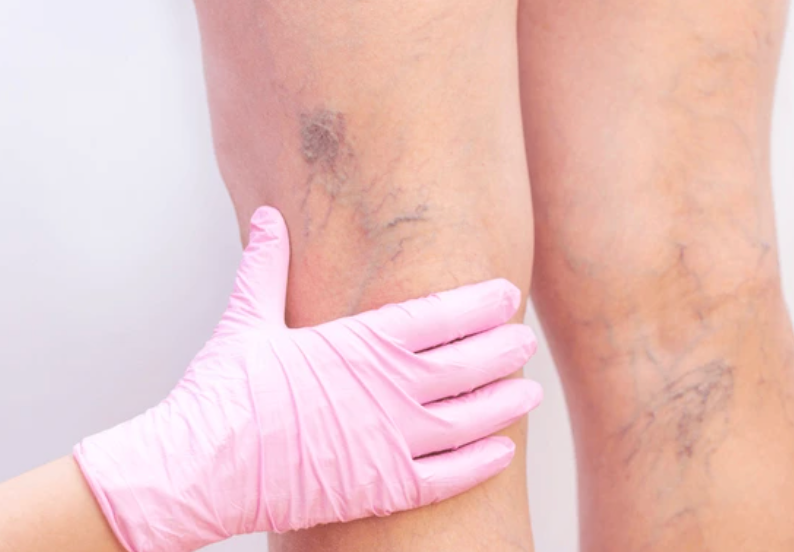10 Basic Facts About Varicose Veins That You Need To Know
- Ardy Limengka
- Sep 19
- 2 min read
What Are Varicose Veins?

Varicose veins occur when the veins become enlarged, twisted, and blood flow is disrupted. This happens when the valves inside the veins don’t work properly, causing blood to flow backward and pool in the legs.
Most commonly found in the legs, varicose veins are often mistaken as just a cosmetic issue. In reality, if left untreated, they can progress into more serious health problems.
Here are 10 important facts about varicose veins that can help you understand the risks, symptoms, and treatment options:
Family History Plays a Big Role
If one parent has varicose veins, your risk increases by up to 40%. If both parents have them, your risk can climb to nearly 90%. Genetics is a major factor.
You Don’t Have to Be Overweight to Get Varicose Veins
While excess weight can contribute, even slim and active people may develop varicose veins , especially with a family history or long hours of standing.
Pregnancy Can Trigger Varicose Veins
Hormonal changes and increased pressure on the veins during pregnancy raise the risk. The more pregnancies you have, the greater the likelihood.
Too Much Sitting or Standing Affects Circulation
Jobs that require prolonged standing or sitting, such as teachers, nurses, chefs, drivers, and office workers , increase the risk of varicose veins due to poor blood flow.
Compression Stockings Don’t Cure Varicose Veins
They help reduce swelling and discomfort but don’t address the underlying problem. Permanent results require proper medical treatment.
Symptoms Often Get Worse by Evening
Heaviness, aching, or cramping in the legs commonly appear later in the day as blood pools after daily activity.
Varicose Veins Can Lead to Serious Health Issues
If untreated, they may cause skin discoloration, inflammation, venous eczema, or even chronic leg ulcers that are difficult to heal.
Modern Treatments Are Minimally Invasive
Options such as Endovenous Laser Ablation (EVLA), Radiofrequency Ablation (RFA), and foam sclerotherapy are effective, safe, and performed as outpatient procedures , with little to no downtime.
Men Get Varicose Veins Too
Around 25–30% of men are affected, though many ignore the signs. Delaying treatment increases the risk of complications later on.
Varicose Veins Don’t Go Away on Their Own
Without treatment, they will continue to progress. Early diagnosis and care help prevent worsening and protect your long-term vein health.
Common Symptoms of Varicose Veins
Legs feel heavy or painful, especially in the evening
Visible, bulging veins on the surface of the skin
Swelling around the ankles
Burning, itching, or cramping in the legs
Skin discoloration near the affected veins
If you notice these symptoms, don’t wait. Consult a vascular specialist ea
rly, the sooner varicose veins are treated, the better your results and recovery.
